Travel Guide to South Korea 2025
South Korea is a destination where ancient tradition meets futuristic innovation.
From its dynamic capital, Seoul, to the volcanic beauty of Jeju Island, this guide by Greca Travel will help you plan your trip with everything you need to know: what to see, what to eat, and when to go.
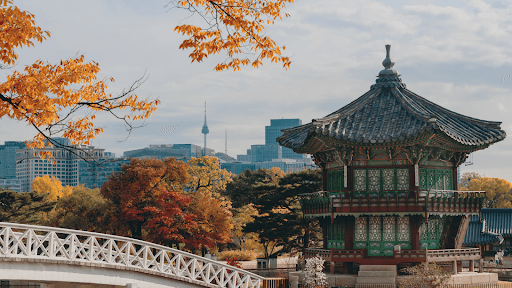
Located on the Korean peninsula, South Korea perfectly blends rich history, modern technology, and stunning landscapes.
It’s a country that has captivated travelers worldwide thanks to its pop culture, cuisine, and heritage, becoming one of Asia’s most popular destinations.
In 2024, tourism increased by 48.82%, surpassing Japan and Vietnam, fueled by the global success of K-dramas, K-pop, and flexible travel policies. For 2025, more than 20 million international visitors are expected.
The capital, Seoul, is a paradise for urban explorers: efficient transport, delicious food, and a mix of old and new architecture. It’s one of the safest and most modern cities in the world, where ancient palaces coexist with skyscrapers and neon-lit streets.
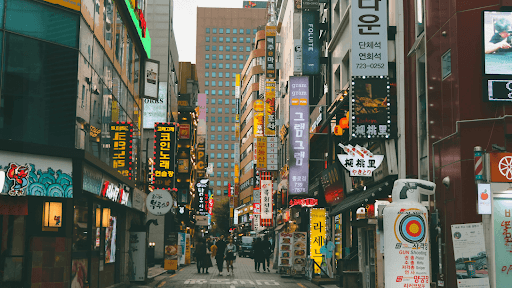
Things to Do in South Korea
Seoul
The beating heart of Korea — a city where tradition and modernity meet seamlessly.
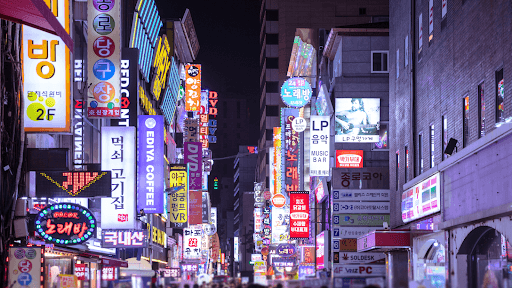
Don’t miss:
- Gyeongbokgung Palace: built in the 14th century, symbol of the Joseon dynasty.
- Gangnam District: luxury, nightlife, and the modern side of Seoul.
- Namsan Tower (N Seoul Tower): panoramic views at sunset.
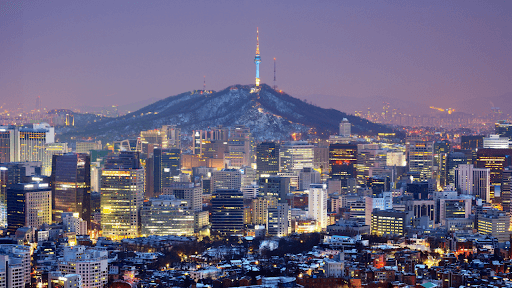
- Namdaemun & Dongdaemun Markets: perfect for street food like tteokbokki, mandu, or bibimbap.
- Bukchon Hanok Village: traditional houses (hanok) turned into workshops and tea houses.
- Insadong: galleries, crafts, and antique shops.
- Myeongdong & Hongdae: the epicenters of K-pop culture and youthful energy.
Busan,
The second-largest city offers a perfect mix of sea and culture.
- Haeundae & Gwangalli beaches: relax or enjoy the nightlife.
- Jagalchi Fish Market: taste Korea’s freshest seafood.
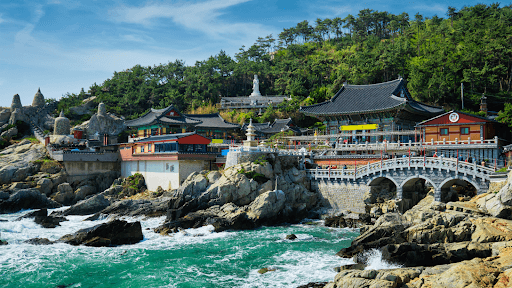
- Haedong Yonggungsa Temple: a seaside temple offering breathtaking views.
Gyeongju
Known as the “museum without walls”, Gyeongju was the capital of the Silla Kingdom for nearly a millennium.
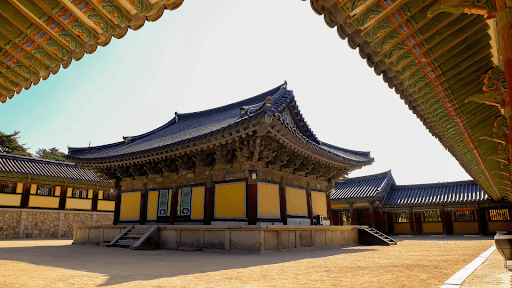
- Discover royal tombs, temples, and UNESCO World Heritage sites that showcase Korea’s ancient glory.
Jeju Island
A natural paradise of volcanoes, waterfalls, and beaches.
- Declared a UNESCO Natural Heritage Site, it’s ideal for romantic getaways and outdoor adventures.
The DMZ (Demilitarized Zone)
A unique and educational experience — explore tunnels, viewpoints, and museums that tell the story of Korea’s division.
Traveler Tip: In Seoul, buy a T-money card for convenient metro and bus rides across the city.
Korean Gastronomy
Korean cuisine is famous for its bold flavors and shared dining culture, where balance and community are central.
Meals usually include banchan (side dishes), rice, soup, and fermented elements.
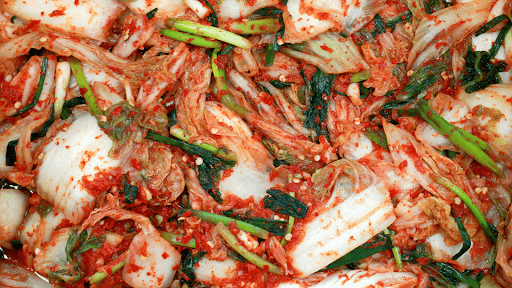 Must-try dishes:
Must-try dishes:
- Kimchi: fermented cabbage — a national icon.
- Bibimbap: rice with vegetables, beef, and egg.
- Bulgogi: marinated grilled beef.
- Tteokbokki: spicy rice cakes with chili sauce.
- Samgyeopsal: Korean-style grilled pork belly.
- Soju: Korea’s most popular alcoholic drink.
Traveler Tip: Try dining at a Korean barbecue — grilling your own meat at the table is part of the fun!
When to Visit South Korea
Season Highlights
- | Spring (Mar–May) | Cherry blossoms in Seoul and Gyeongju — magical season. |
- | Summer (Jun–Aug) | Beach weather and cultural festivals, though humid. |
- | Autumn (Sep–Nov) | Colorful foliage and pleasant temperatures. |
- | Winter (Dec–Feb) | Great for skiing in resorts like Pyeongchang. |
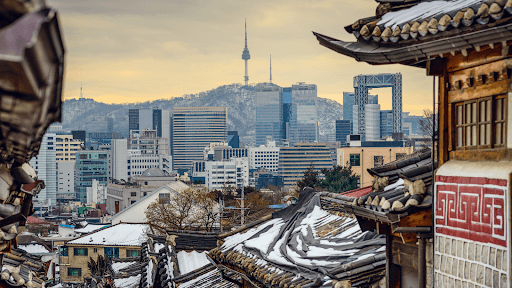
Tip: For photography lovers, spring and autumn offer the most stunning natural backdrops.
Visa and Practical Information
- Visa: most Latin American and European citizens can enter visa-free for up to 90 days. Complete the K-ETA (Korea Electronic Travel Authorization) before arrival.
- Currency: South Korean Won (KRW).
- Time zone: UTC+9.
- Transport: excellent subways in Seoul and Busan, high-speed KTX trains, and efficient buses.
- Connectivity: among the fastest internet networks globally.
- Safety: South Korea is one of the safest countries in Asia.
Traveler Tip: Carry a T-money or Cashbee card for public transport — it works in buses, metros, and convenience stores.
The Language in South Korea
The official language is Korean, written in the Hangul alphabet, one of the most logical writing systems in the world.
In major cities, you’ll find English signage and locals — especially younger people — who can communicate in English.
For an even smoother trip, Greca Travel offers packages with English-speaking guides, ideal for cultural immersion and easy communication.
Traveler Tip: Learn a few basic phrases — locals will appreciate it!
- Annyeonghaseyo (hello)
- Kamsahamnida (thank you)
How to Travel to South Korea
Main Airports
- Incheon International Airport (ICN) – Seoul’s main hub.
- Gimhae Airport (PUS) – Busan.
- Jeju International Airport (CJU) – Jeju Island.
International Connections
- From Europe: direct flights from London, Paris, Frankfurt, Amsterdam, Madrid, and Istanbul.
- From the Americas: connections via Doha, Dubai, or Tokyo.
- From Asia-Pacific: multiple daily flights from Japan, China, and Australia.
Travel Tip: Incheon Airport has one of the world’s best transit systems, with high-speed trains connecting to central Seoul in just 40 minutes.
Interesting Facts about South Korea
- 🇰🇷 Global leader in technology and semiconductor exports.
- 🎵 The Korean Wave (Hallyu) has made K-pop, K-dramas, and films worldwide phenomena.
- 🏔️ Over 70% of the country is mountainous, perfect for hiking lovers.
- 🥋 Taekwondo originated here.
- 🏂 Hosted the 2018 Winter Olympics in Pyeongchang.
Conclusion
South Korea is a country where heritage, innovation, and culture blend beautifully.
From ancient palaces to neon-lit cities, every moment offers something new to discover.
Whether you’re chasing cherry blossoms, exploring Buddhist temples, or dancing to K-pop rhythms, Korea leaves a lasting impression.
👉 Explore South Korea with Greca Travel, choose from our English-speaking packages and start planning your adventure today.


